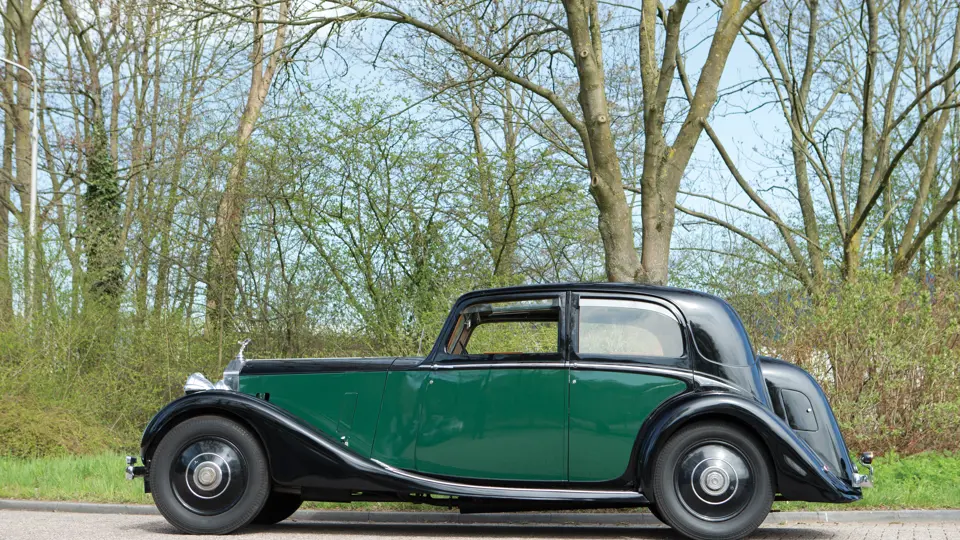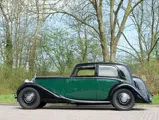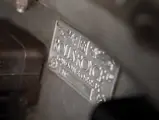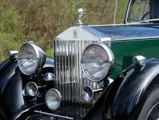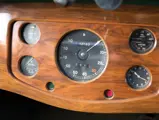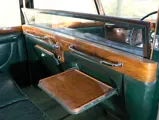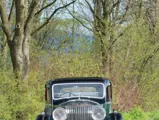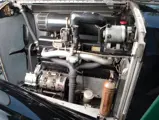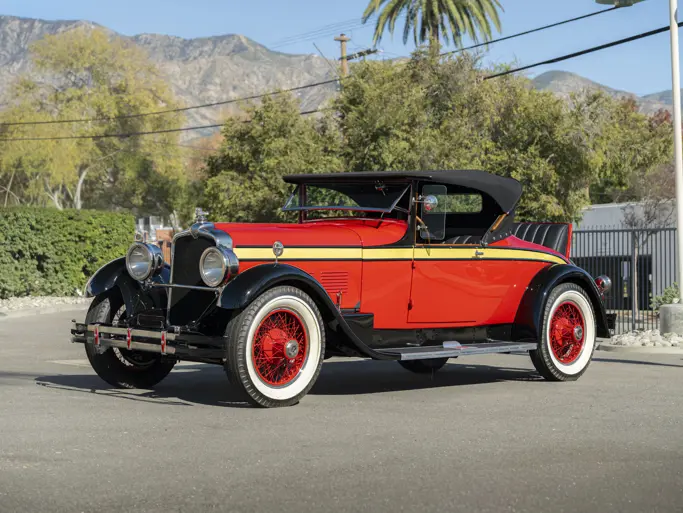
1937 Rolls-Royce 25/30 Sports Saloon by James Young
{{lr.item.text}}
£28,000 GBP | Sold
From the Maat Collection
{{bidding.lot.reserveStatusFormatted}}
- Offered from the Maat Collection
- The evolution of Rolls-Royce’s popular 20/25 HP model
- Finished in elegant black and green paintwork with a matching interior
115 bhp, 4,257 cc overhead-valve straight-six engine, Zenith Stromberg downdraft carburettor, four-speed manual gearbox, front and rear semi-elliptic spring suspension, and four-wheel drum brakes with separate handbrake shoes for rear drums. Wheelbase: 3,353 mm
In order to understand Rolls-Royce motor cars, it is important to first understand one of the founding fathers of the company. Sir Frederick Henry Royce was born in 1863 and was brought up in humble poverty, but he would go on to become one of the greatest engineers in history. He strove for perfection in everything he did, and this was epitomised in a comment he made to his local vicar in West Wittering, where he was living at the time. Royce had just finished stripping and rebuilding the vicar’s lawnmower and made a comment that inspired famous sculptor Eric Gill, the vicar’s son, to carve the Latin words in a stone mantelpiece in Royce’s home: Quidvis recte factum: quamvis humile praeclarum. It was the maxim that Royce had always lived his life by: “Whatever is rightly done, however humble, is noble”. By the time Sir Henry Royce passed, in 1933, his legacy in Rolls-Royce Motor Cars and Rolls-Royce aero engines was set in stone, and his principles would go on to guide the company for years to come.
The Rolls-Royce 20/25 HP was first introduced to the public in 1929 as a stable mate to the much larger Phantom II. It had a 3.7-litre engine and maintained Rolls-Royce’s reputation for the utmost reliability and elegance. By 1936, the 20/25 had been developed into the bigger and more powerful 25/30. The engine capacity had been enlarged to 4,257 cubic centimetres, and power was approximately 115 brake horsepower at 4,500 rpm, producing a top speed of around 80 mph.
For about the first half of Rolls-Royce’s 100 plus years, the marque was inextricably linked to the great coachbuilders of the day, whose skills complemented the chassis of Rolls-Royce with a quality and elegance that became world famous. Coachwork by James Young was one of the most sought after, and it was often associated with the brand itself. The Rolls-Royce on sale today is one such example with James Young coachwork.
Chassis number GHO 49 was sold to Pass and Joyce Ltd., of Euston Road, London NW1, on 10 February 1937. This Rolls-Royce was sent to the James Young facility at Bromley Road, in Kent, for coachwork, and the chassis records describe the body as a “Bromley Saloon”. The car is finished in a stately colour combination of black over green, with green leather, and it has all its tools. This car is in remarkable condition and shows few signs of use. The odometer reads just 83,146 miles.
This is an elegant pre-war Rolls-Royce, one that epitomises the maxims of both of its founders, and it would fit well into any collection of pre-war British luxury cars. Perhaps one of Sir Henry Royce’s most widely known quotes sums up the company and this automobile best: “Strive for perfection in everything that you do. Take the best that exists and make it better. When it does not exist, design it”.


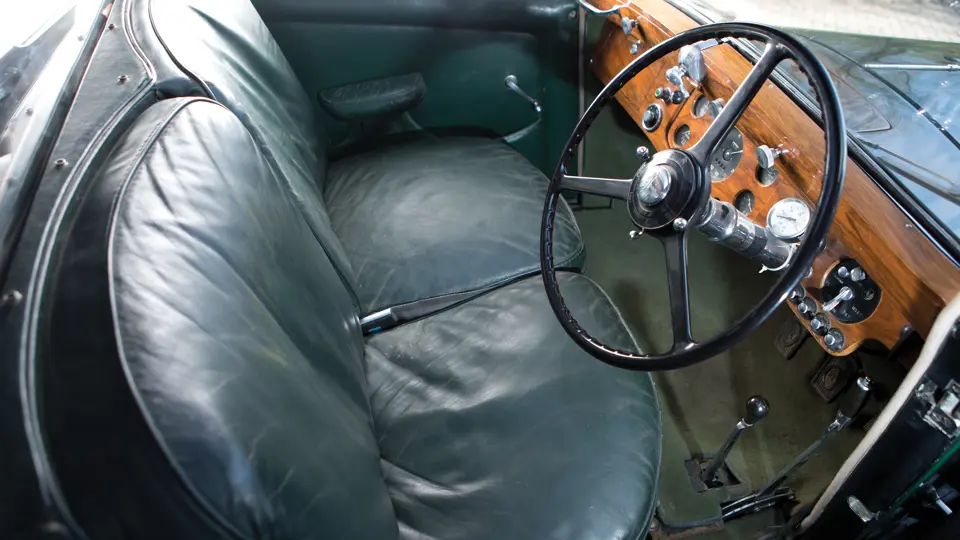

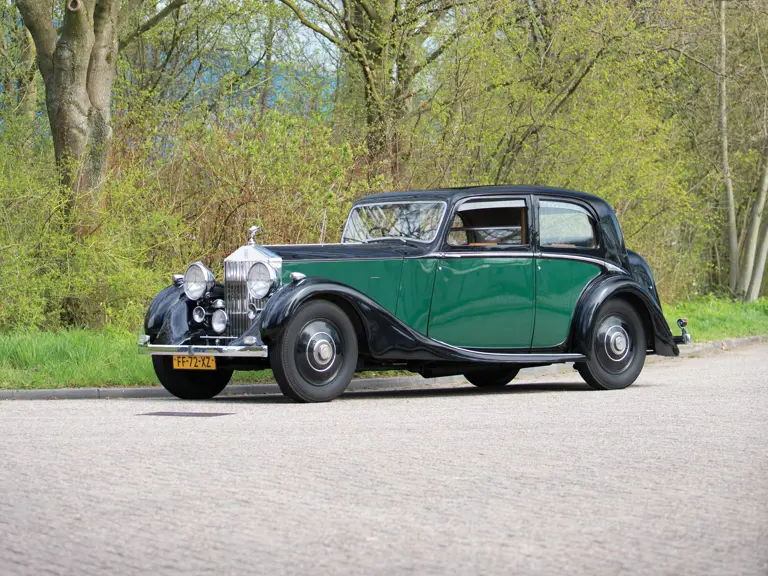
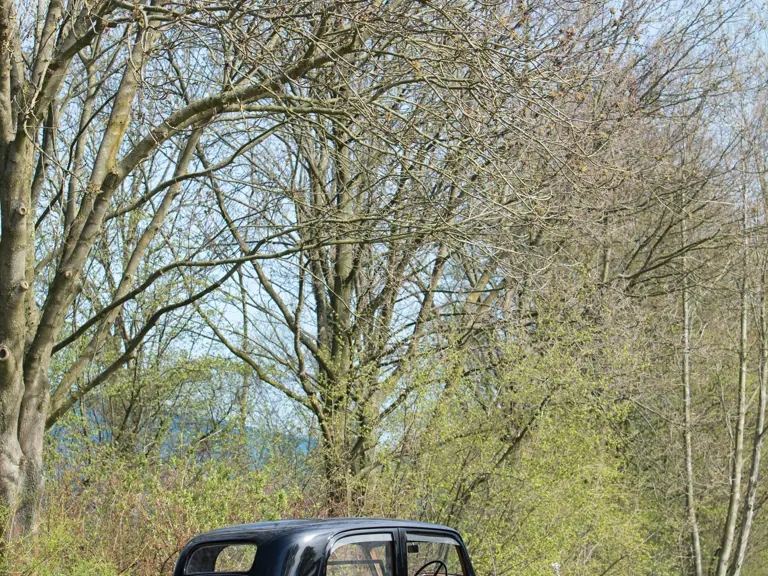
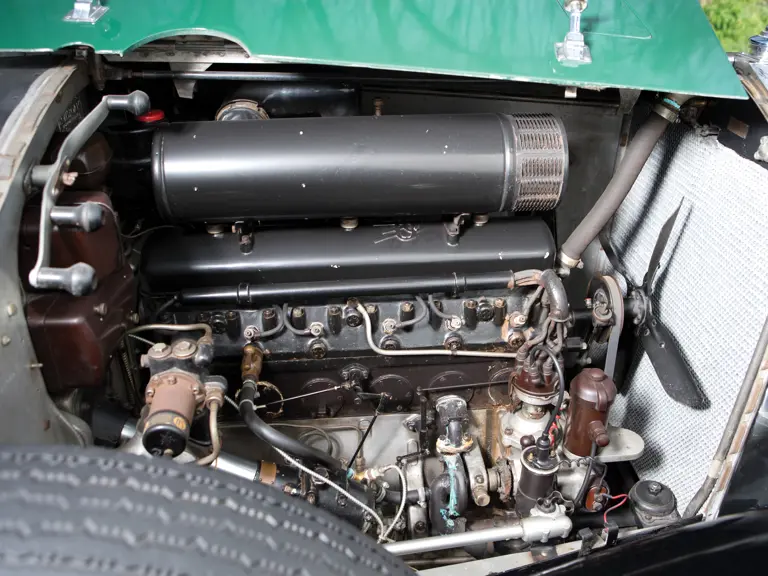
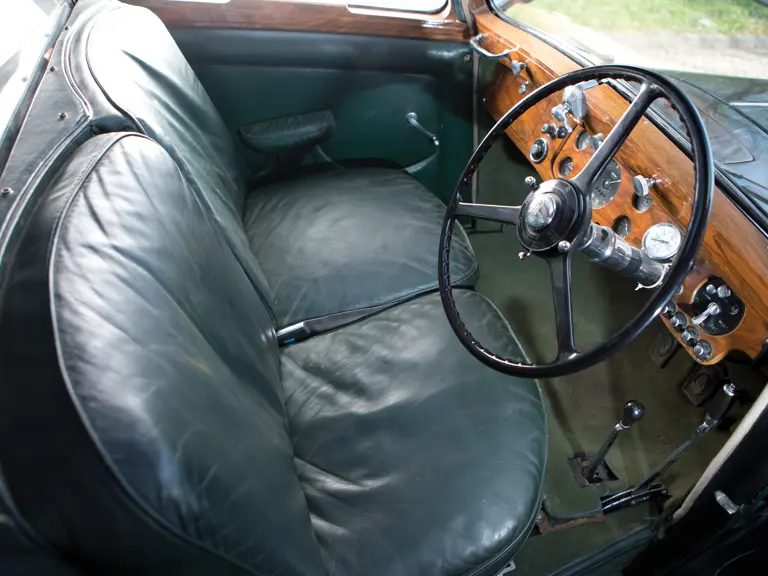
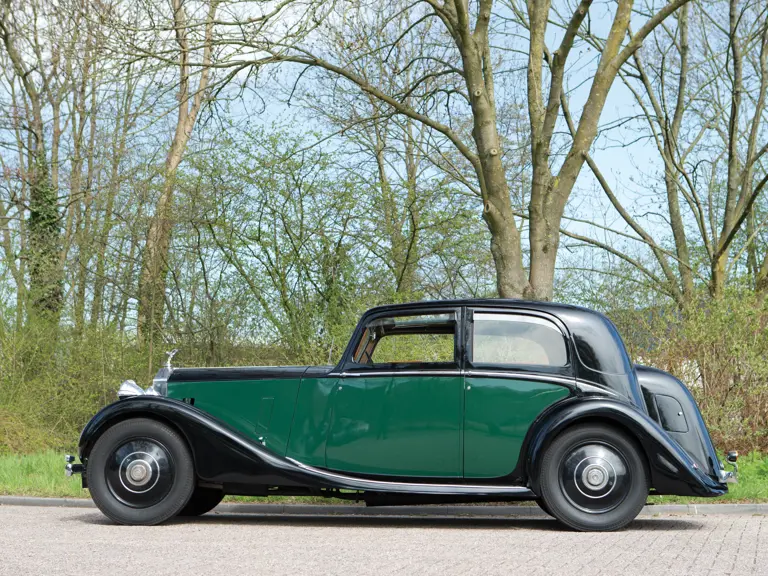
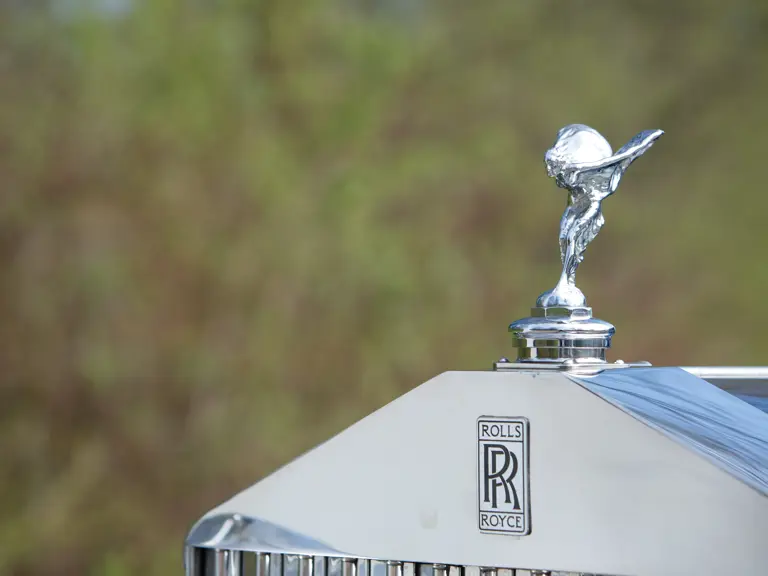
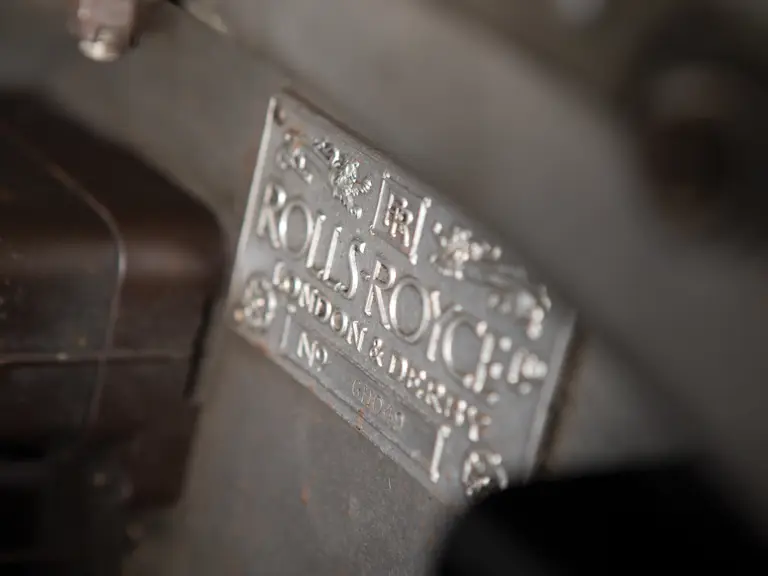
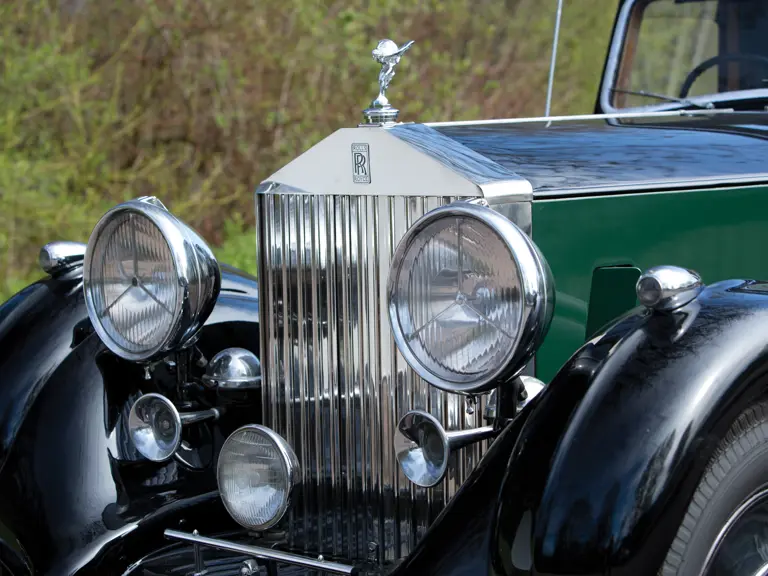

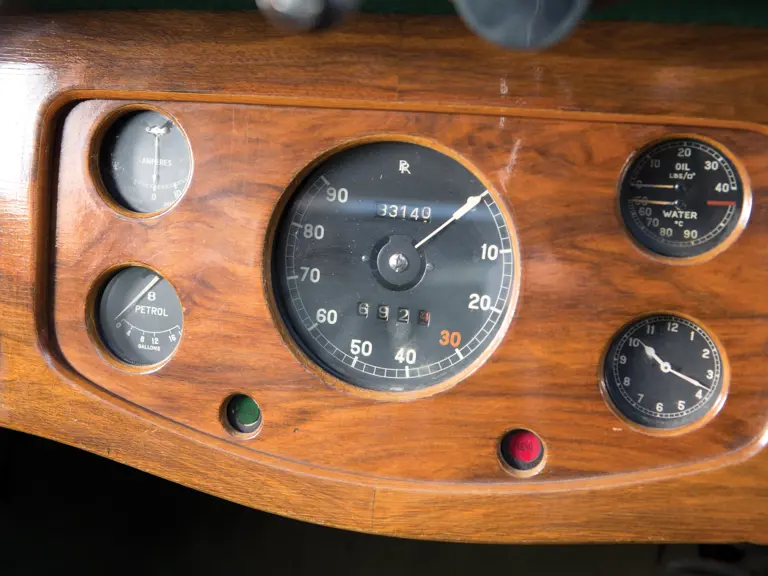
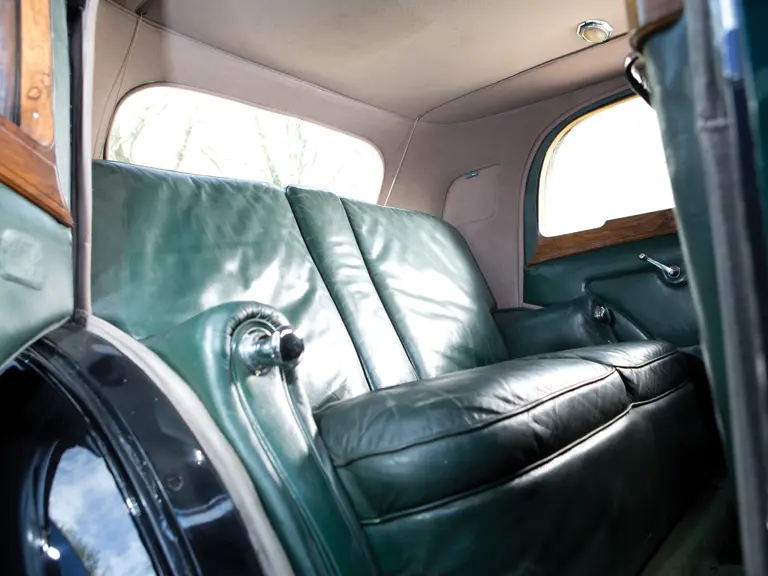
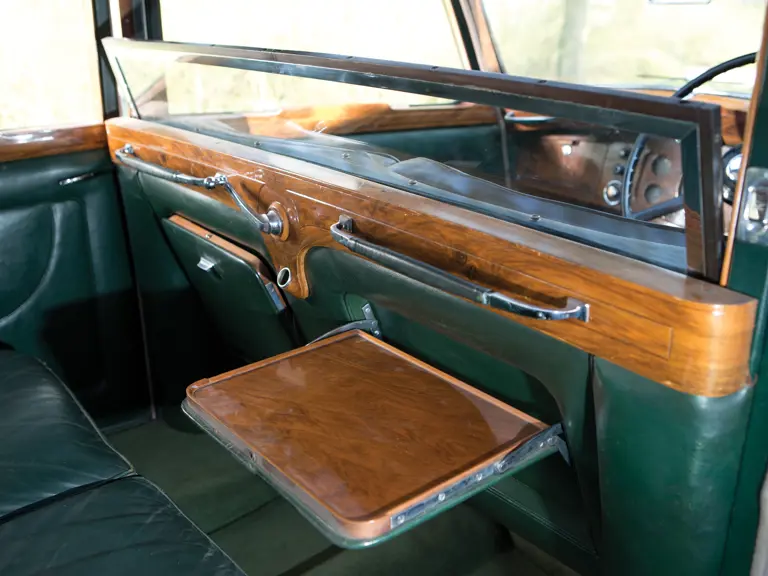
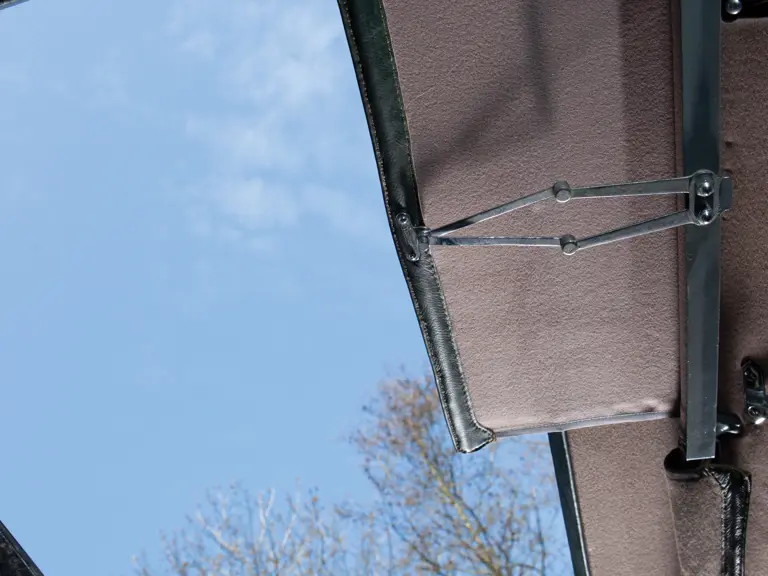

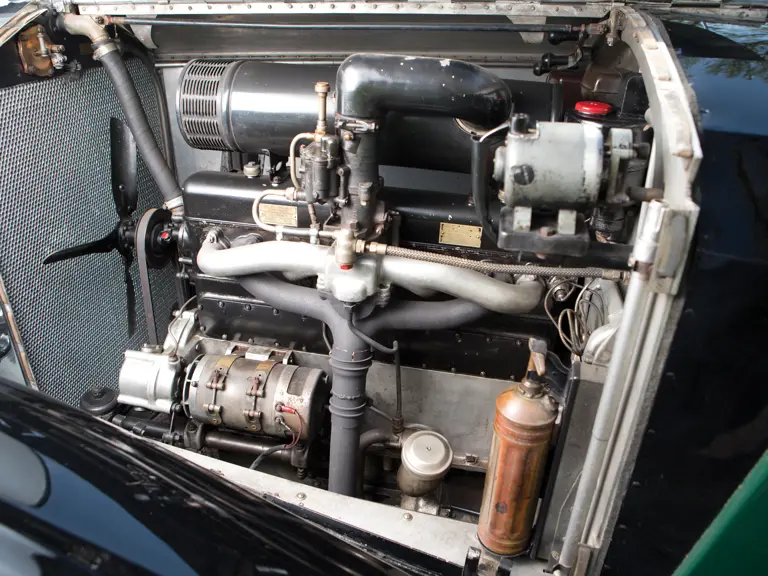
 | London, United Kingdom
| London, United Kingdom
